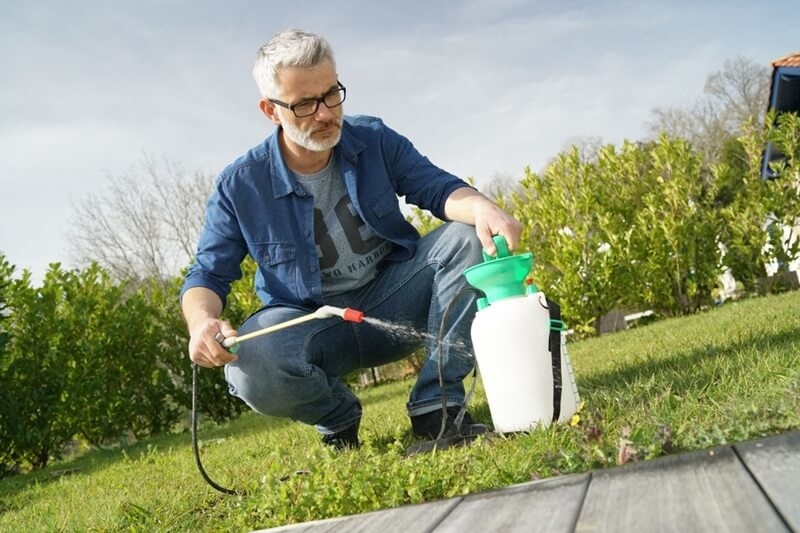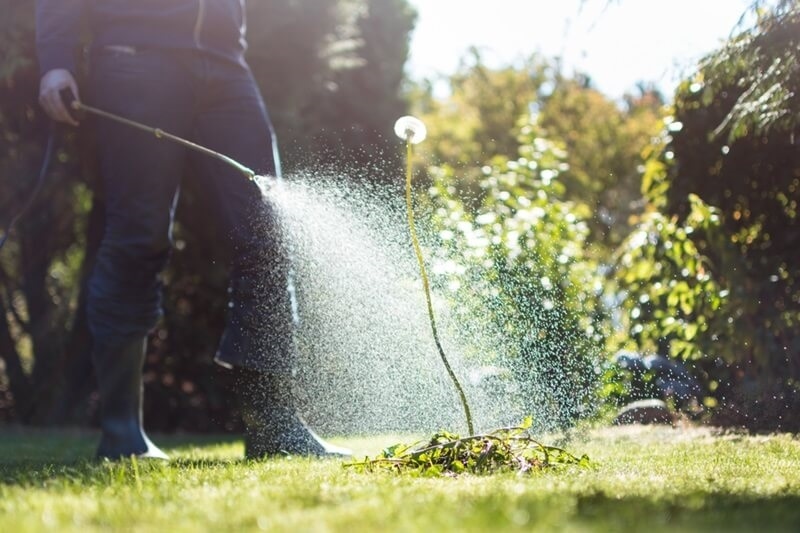
Few things are as frustrating as putting time and effort into growing plants only to watch tiny invaders chew, suck, or crawl their way through them. Whether it’s outdoor garden plants or your carefully nurtured indoor collection, pests have a way of sneaking in when you least expect them. The good news? You don’t need a degree in horticulture to protect your plants. With the right approach to plant pest control, you can keep bugs at bay and enjoy healthy, thriving greenery.
This guide breaks down simple methods that actually work. From natural solutions to preventative tricks, you’ll learn how to identify problems early and fix them before they spread.
Here’s the truth: pests aren’t picky. They’re opportunists. If they find food and shelter, they’ll settle in. Overwatering, poor soil drainage, or even bringing home a new plant without inspecting it can all invite trouble. Some pests hitch a ride on tools or clothing. Others fly in through open windows.
Understanding why pests show up helps you get one step ahead. It’s not always about “dirty” plants — even the best gardeners deal with infestations at some point.
You don’t have to see the bugs to know something’s wrong. Keep an eye out for:
Yellowing or curling leaves
Sticky residue (a sign of sap-sucking insects)
Tiny bite marks
Webbing on stems or soil
Wilting despite proper watering
Catching these early can mean the difference between saving a plant and tossing it out.

A few pests tend to cause most of the trouble. Fungus gnats buzzing around your soil. Spider mites weaving fine webs. Whiteflies clustering under leaves. And of course, aphids gathering in armies on tender shoots. These are just a few of the common houseplant bugs you’ll likely encounter.
Each one damages plants differently, but the result is the same: weakened growth, unattractive leaves, and sometimes plant death if left untreated.
Aphids deserve their own section because they’re so common. They feed by sucking sap, leaving plants sticky and stressed. The question is, how to get rid of aphids naturally without coating your plants in chemicals? The simplest trick is water. A firm spray with a hose or even a shower rinse knocks them off and interrupts their cycle.
For stubborn cases, mix a little dish soap with water and spray the affected leaves. Neem oil works well too, coating their bodies and cutting off oxygen. Ladybugs — if you’re gardening outdoors — are a natural predator that can wipe out colonies in no time.
Not all solutions come in a spray bottle from the store. In fact, some of the most effective fixes are already in your kitchen. Garlic and chili pepper, when blended with water, make strong repellents. A dab of rubbing alcohol on a cotton swab kills mealybugs instantly. Cinnamon sprinkled on soil deters fungus gnats.
That’s why natural remedies for plant pests are often better than chemical ones. They’re safer for kids, pets, and the environment. Plus, you can try them without spending much.
If you grow plants indoors, prevention is everything. Once pests take hold, they spread fast. So what can you do?
Quarantine new plants for a week before adding them to your collection.
Don’t overwater — soggy soil attracts gnats and fungus.
Wipe leaves occasionally to keep dust (and pests) from building up.
Use clean pots and fresh soil whenever repotting.
These simple indoor plant pest prevention steps might sound basic, but they save you from bigger problems later.
Sometimes you need something stronger than water or cinnamon, but still want to avoid harsh chemicals. That’s where homemade sprays come in handy. The good news is you don’t need complicated recipes.
One of the most popular DIY pest control sprays is neem oil diluted in water with a drop of dish soap. Another is a simple mix of water and rubbing alcohol. Both can be applied with a spray bottle to coat leaves and stems. Just remember to test a small area first to make sure your plant doesn’t react badly.
These sprays are affordable, effective, and give you control over what you’re putting on your plants.
Pests indoors behave differently from pests outdoors. Indoors, they thrive because they don’t face natural predators like birds or beneficial insects. Outdoors, you might have fewer infestations, but when they come, they can be much larger.
Outdoors, companion planting helps. For example, planting marigolds around vegetables discourages nematodes and aphids. Indoors, your best defense is consistency: checking plants weekly, cleaning leaves, and isolating any that look suspicious.
Let’s be honest: sometimes, nothing else works. A heavy infestation might require chemical solutions. If you reach that point, choose targeted products and follow instructions carefully. Go for the mildest option first. And remember — chemicals are a last resort, not the first step.
Healthy plants are naturally more resistant to pests. That means giving them the right light, water, and nutrients. Weak plants invite trouble, while strong plants can shrug off small infestations.
Rotate plants occasionally so all sides get light. Feed them appropriately (but don’t overdo it — excess fertilizer can attract pests). Most importantly, observe them. Five minutes a week checking leaves and soil can prevent months of frustration later.
Not every insect in your garden is an enemy. Some are your plant’s best allies. Ladybugs, lacewings, and even certain types of wasps feed on pests like aphids, whiteflies, and mealybugs. Outdoors, you can actually buy these beneficial bugs from garden centers and release them. Indoors, it’s trickier, but attracting them to your yard with nectar-rich flowers can help create a balance.
It’s worth remembering: pest control doesn’t always mean wiping out every single insect. Sometimes it means encouraging nature’s helpers to do the work for you. If you notice a cluster of ladybugs hanging around, don’t chase them off. They’re probably saving your plants from a full-blown infestation.
At the end of the day, plant pests are just part of the journey. Every gardener has a story about battling bugs. The trick is not to panic. Stay observant, act early, and use gentle solutions first. From blasting aphids with water to mixing your own spray, you’ve got options.
With the right approach to pest control, you don’t just save your plants. You save yourself money, time, and heartache. And who doesn’t want that?
This content was created by AI